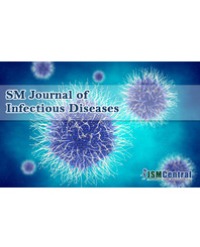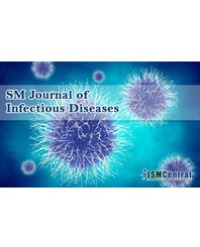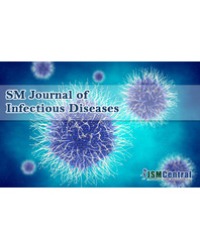
Sexually Transmitted Infection Lesions Found During Colonoscopies
Introduction: Anal examination and Videoanoscopy (VA) are rarely performed during colonoscopies. In recent years, there has been a considerable increase in sexually transmitted anal and rectal lesions and infections, but these conditions are not noticed or reported during routine colonoscopy.
Objective: The aim of this study is to raise awareness of fortuitous findings of lesions and Sexually Transmitted Infections (STI) in colonoscopy exams and demonstrate that anal examination and VA provide important information and should be routinely performed.
Methods: A descriptive retrospective study was carried out in 16132 patients screened by colonoscopy and VA, which were performed between 2006 and 2018. Among numerous other findings, the presence of anal condylomata and sexually transmitted dermatitis was observed. The percentages of each finding were calculated and subdivided into age groups every ten years, separately by sex and age groups.
Results: Of the 16,132 colonoscopies performed, 26 cases of condyloma (0.16%) and 50 cases of STI-suspected dermatitis (0.33%) were fortuitous.
Conclusion: Performing anal examination and videoanoscopy systematically in all routine colonoscopies allowed the identification of numerous anal conditions, including several fortuitous cases of STIs. The study proposes that anal examination and VA should be performed in all routine colonoscopies and, in suspected cases, complementary tests for STIs.
Alexandre Gomes*, Joao Batista Sampaio Netto, Ricardo de Oliveira Ayres, Jose Mauro da Silva Rodrigues, and Ronaldo Antonio Borghesi


